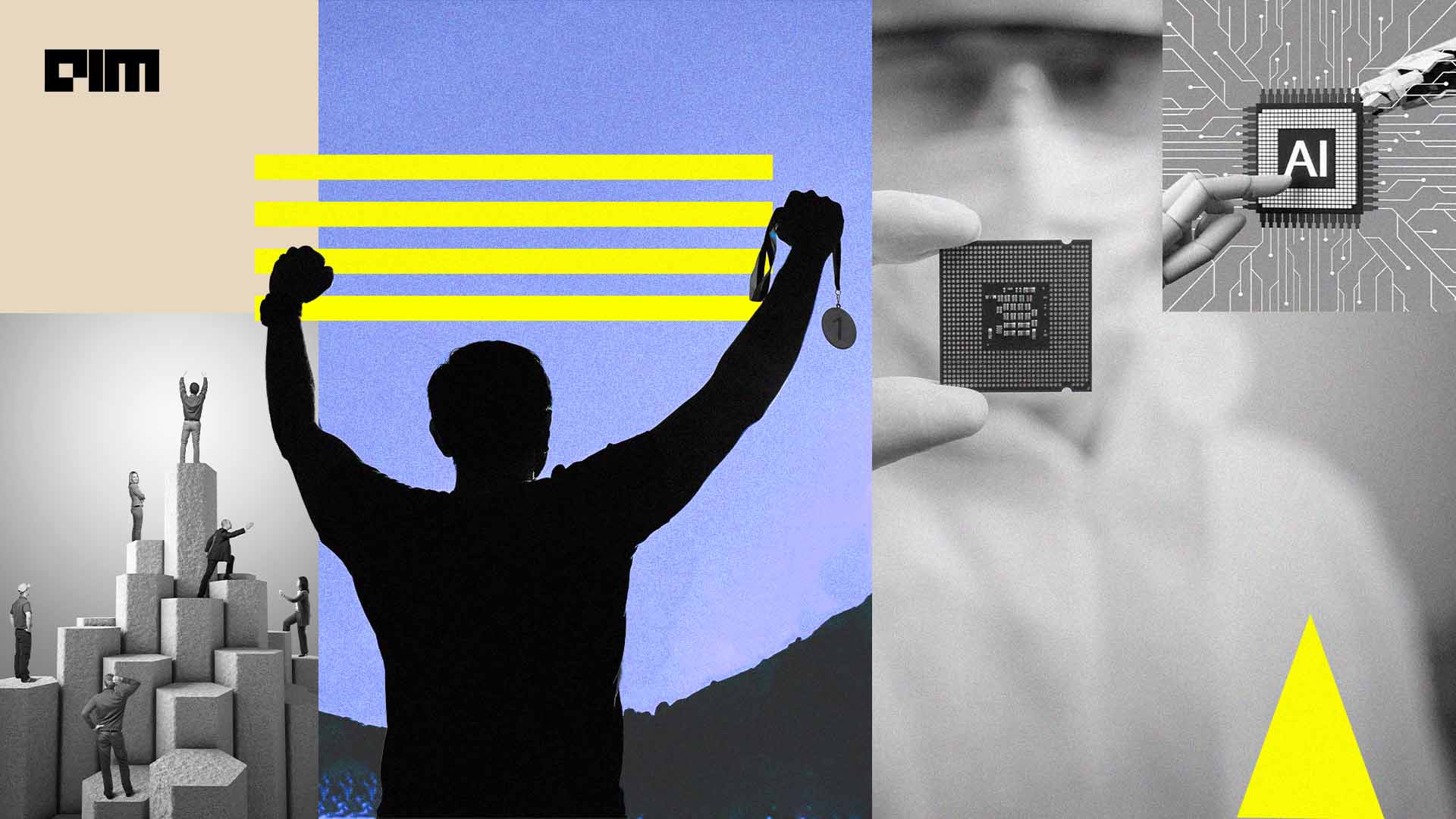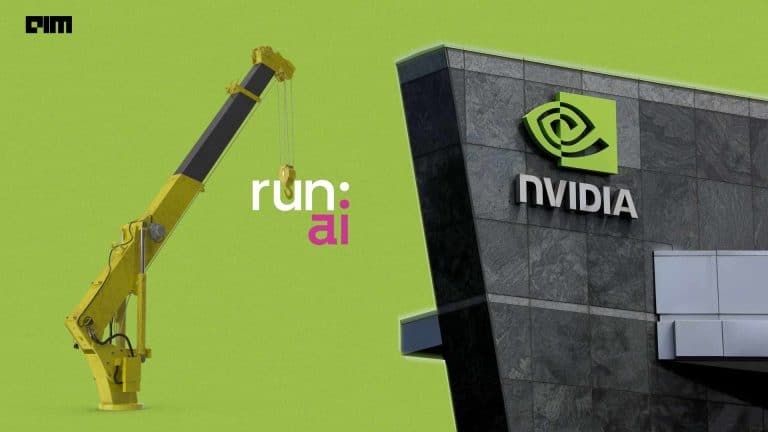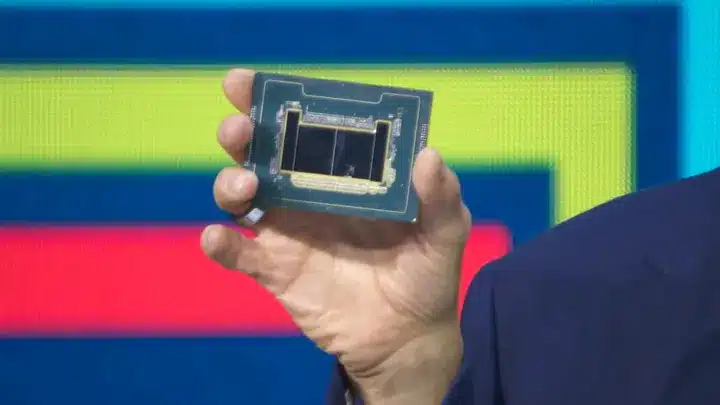|
Listen to this story
|
It is an exciting time to be an AI chipmaker. Many companies, including AWS, Google, Intel, and Nvidia, have begun moving towards creating specialised chips for running AI workloads. Not only chipmaking giants, but also well-funded startups like Cerebras and Graphcore are racing to gain market share.
Companies are increasing their investment in custom silicon. This also means that we are at the beginning of what will be a market clutter of chips, each one faster and more specialised than the next. And perhaps, developers are now at more risk to be stuck in a particular architecture because AI models will most likely not be portable between different chip makers.
Open ISA, key in AI arms race
“When you make a chip using, say, Arm technology, you can make your own chip, but the Arm processor itself is exactly what they defined. You can’t change the Arm process. They won’t let you,” said Tenstorrent chief Jim Keller. The company’s own pivot to building on open processors such as RISC-V was when Arm refused to incorporate certain data types required to support AI. Since moving to open-source architecture RISC-V five years ago, Tenstorrent has built a couple of generations of AI processors based on it.
There is nothing that developers would like more than them having control over what they do. However, new chips requiring new architectures could make their products slower to market. Thus, while Arm ensures high quality of standard and comprehensive software stack, the pace of ISA innovation is slowed down. On the contrary, open-source ISA makes it easier and faster to innovate, since it gives developers more authority over all they would want to add or subtract from the architecture as per their requirements.
So, we can expect that in this AI arms race, open-source ISAs will be the clear winner. Perhaps, also why established chip companies like Nvidia, AMD, and Intel have expressed interest in working with RISC-V, although reports now suggest that Intel has terminated its RISC-V development project. What will follow in this meteoric rise of AI chip companies is a wave of consolidation, and it seems like the established players will do good to prepare for the tide turning towards open ISAs to retain their market share.
This is what happened with Linux. There used to be proprietary units at IBM, HP, Dell, Sun, and others. Then came Linux and one-by-one all went to Linux. While different versions of Linux may have their own unique features or configurations, they are all based on the same core kernel and follow the same standards and protocols.
A potential third architecture
“Intel was the original open architecture,” says Keller. When Intel first announced the 8086 microprocessors, there were also the Z80, 6502, and 6800. Intel had a strategy of licensing its architecture to other companies, as a result of which, it had multiple sub-licenses. “Everybody wanted microprocessors and with Intel architecture, you had choices. But, over time some of the choices went away. Intel itself acquired one or two of them, leaving Intel and AMD as the only ones surviving, which ultimately left users with only two choices.”
Arm, on the other hand, sublicenses the architecture, but they don’t like its architecture changing, thereby limiting innovation. As a result, we are in a situation where we have not seen a new open source hardware architecture for years. This is why the growing movement of RISC-V shows so much promise.
Arm has, however, downplayed the risks of open source ISA to their chip empire. “We really don’t see RISC-V as a significant competitor to us in the data center space right now, or in the near future,” said Chris Bergey, SVP and GM of Arm’s Infrastructure business, characterising the rival ISA as being best suited to niche applications.
But, Forrester research analyst Glenn O’Donnell told The Register that embedded applications are where he expects RISC-V will see widespread adoption, including in the data center. And the US-China trade tension is only elevating such a possibility considering how the US export ban on processors is causing China to double down on RISC-V.
A report from 2021 shows that the majority of RISC-V members are based in China. “If the US pressure campaign on the Chinese semiconductor industry continues unabated, it would only take one competitive chip to prove it’s possible,” O’Donnell explained. “Once someone proves it can be done, it opens the gates.”
“If China got really serious about this, we can have a truly viable third architecture to contend with.”
Enhanced security
With open-source anything, security is always touted as a major challenge. But, the irony is that the more open it is, the more people can look at it, and if there is a security problem, it can be fixed.
One of the components of security in modern computers involves building security features directly into the processor such as encryption/decryption methods and key exchange methods. According to Keller, “If you have a novel way to do security, and you want that security subsystem to integrate into the processor, with Intel the answer is no, with Arm the answer is no. In the long run, openness means you could build something new and better.”
“Five years from now, RISC-V may be the only secure processor,” he concluded.



















































































